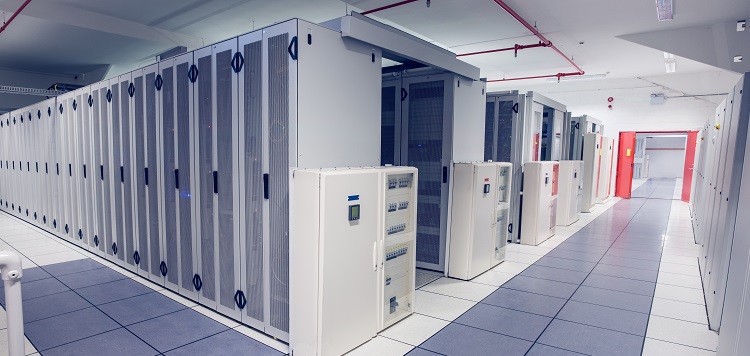The village board of Mount Pleasant made a decision last week to allow Microsoft to build a data center on land that was originally cleared for the Foxconn LCD fabrication plant that never materialized.
Microsoft’s purchase of the land
The tech giant will acquire the land for $50 million, some of which will be used to reimburse Foxconn for relinquishing its rights to the property. Microsoft made the purchase of the land to expand its growing Azure data center network, which has already proven to be a successful venture for the company.
Construction of the data center
Microsoft aims to construct a $1 billion data center on a 315-acre parcel of land previously assigned to Foxconn, with construction starting no later than 2026. This decision is expected to generate income for the village, which has been struggling with debt after Foxconn pulled out of the previous project.
Impact on the village’s debt
The village had to take on significant debt to prepare the site for Foxconn’s once-anticipated LCD fabrication factory. However, the upcoming establishment of Microsoft’s data center on that land is expected to help pay down that debt, as the technology company seeks to expand its cloud computing services. The project will improve the village’s balance sheet and promote economic growth.
Tax credits for Microsoft
In addition to the new job opportunities that will come from constructing the data center, Microsoft will be eligible for $5 million in tax credits per year based on the improvements made to the land. The tax credits will be provided by the state, meaning that Microsoft’s construction of the data center will ultimately benefit the village, the state of Wisconsin, and the wider US economy.
The village board took Microsoft’s arrival as a sign of vindication for the Foxconn deal. “Microsoft was attracted to this location because it is primed for development,” said Village President David DeGroot in an email statement. This optimistic outlook suggests that the village will work to forge more agreements similar to this in the future.
Revised plans for Foxconn
The revised plans for Foxconn, which aim to create at least 1,454 jobs rather than the initial 13,000, mean that Foxconn’s credits have been reduced to $80 million from the state’s initial offer of $3 billion. Foxconn has already qualified for almost $40 million of those credits and had employed 768 people at the end of 2020, removing concerns about their potential departure causing additional damage to the local economy.
Millions of dollars in credits have been obtained so far by Foxconn, and it has also employed almost 1,000 people – an impressive feat considering the setbacks from the previous proposal.
Costs to the Village
The village’s effort to bulldoze homes in order to clear land for the project has been costly. They have also paid $167 million to a variety of contractors and vendors, including Claude Lois, a politically connected consultant overseeing the project for $28,000 per month. However, this cost is expected to be balanced out by the profits the village will earn from the new deal made with Microsoft.
The decision to have Microsoft construct a data center on land formerly allotted to Foxconn is a source of pride and optimism for the village of Mount Pleasant, located in Wisconsin. Microsoft’s decision to locate its data center on this land presents numerous advantages for the village, including an opportunity to boost the local economy and repay debt accrued from the Foxconn project. The reassessment of Foxconn’s deals, while initially worrying, shows that the state and village have implemented measures to protect themselves in case things go wrong. Overall, this decision will have a positive effect on the village, the state, and the tech industry.

